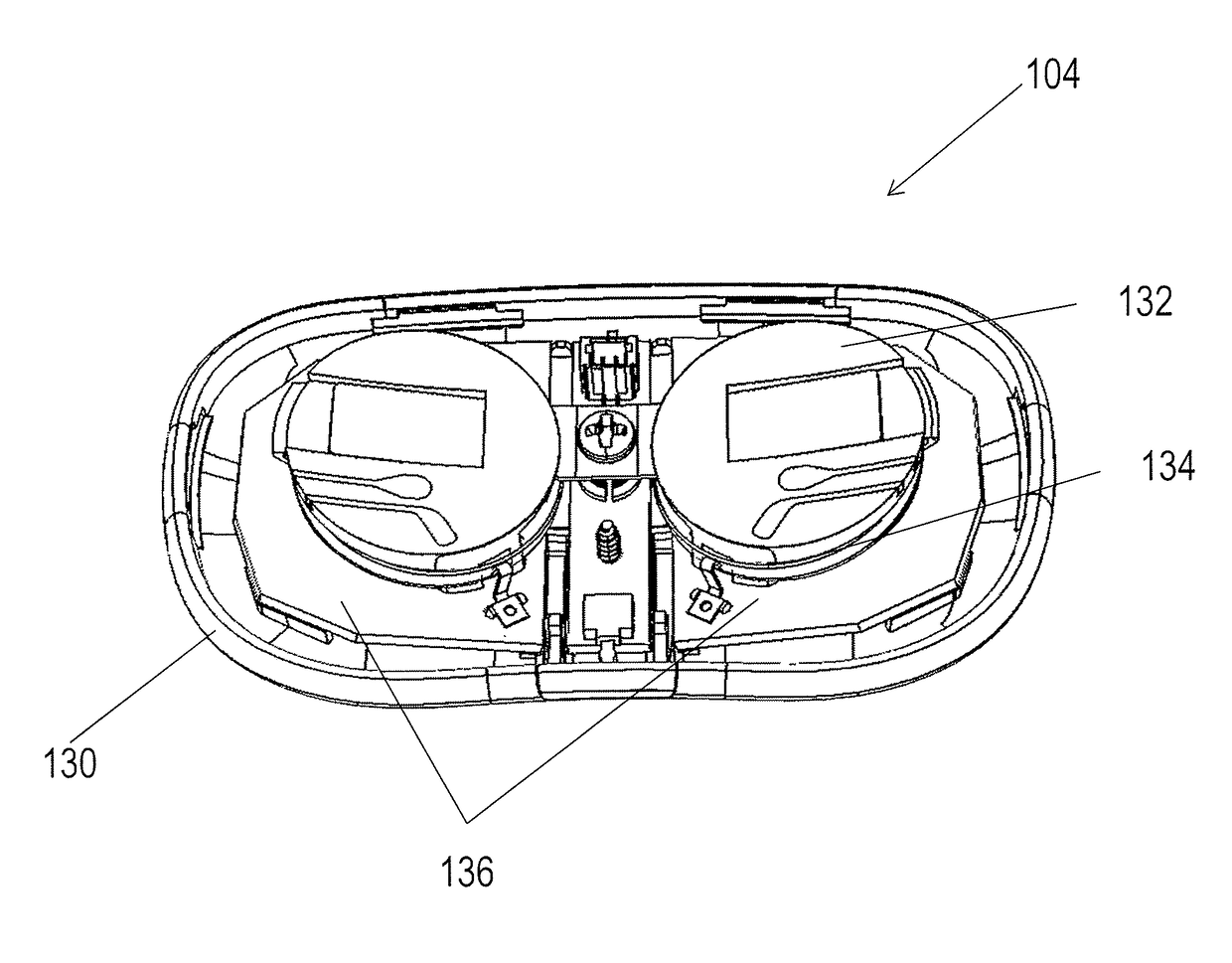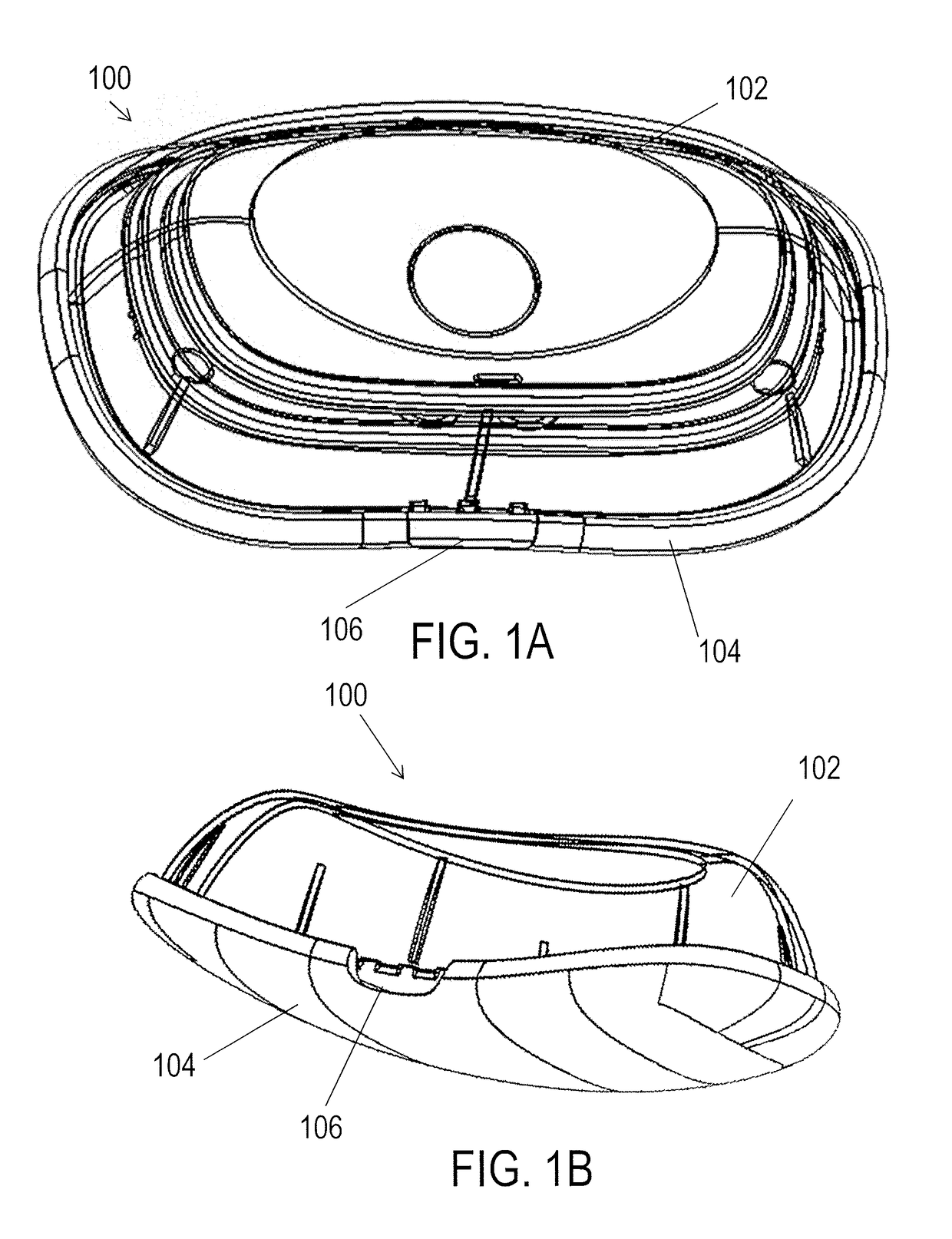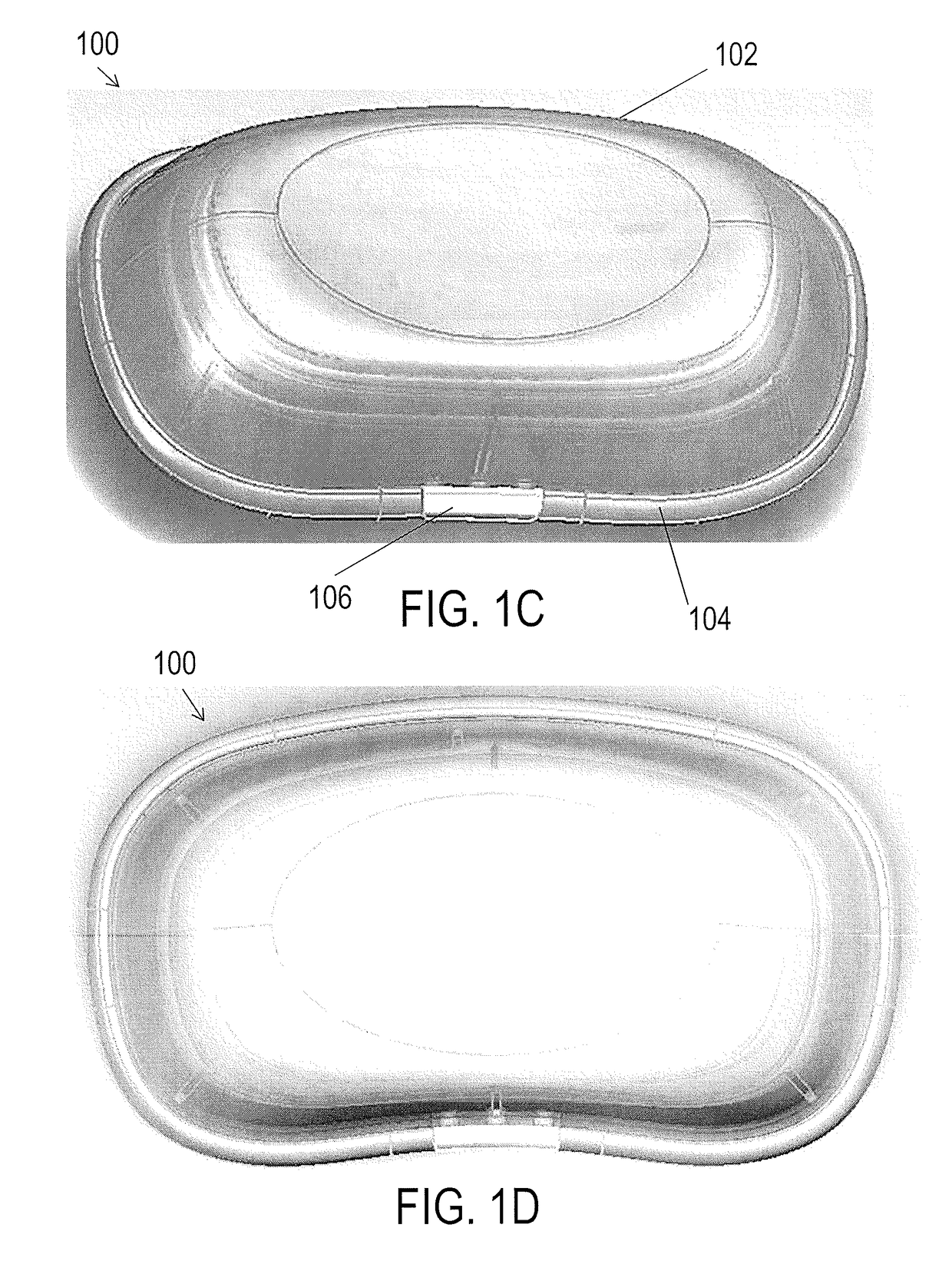Apparatuses and methods for neuromodulation
a neuromodulation and apparatus technology, applied in the field of apparatus and methods for neuromodulation, can solve the problems of light weight and wearable transdermal electrical stimulation apparatuses that are self-contained, and achieve the effects of increasing tempo, pitch, and enhancing concurrent sensory experien
- Summary
- Abstract
- Description
- Claims
- Application Information
AI Technical Summary
Benefits of technology
Problems solved by technology
Method used
Image
Examples
examples
[1139]In general, described herein are neuromodulation devices having an integrated electrode and neuromodulation unit, systems including them, and methods of wearing and using them for delivering neurostimulation to a subject. The described integrated neuromodulation device will largely contain disposable or semi-disposable components that may be entirely or partially recyclable. It is conceptualized that the integrated neurostimulation device can be geared toward a more disposable device that a person can use for a certain number of sessions before requiring replacing the integrated neuromodulation device. Thus, multiple layers of adhesive may be present on portions of the electrode assembly, such that they may be peeled before a subsequent use to reveal a fresh adhesive area (similar to how a layer of a lint roller is removed to reveal a new, fresh adhesive patch).
[1140]The integration of the electrode assembly and the neuromodulation control components has many benefits. For one...
PUM
 Login to View More
Login to View More Abstract
Description
Claims
Application Information
 Login to View More
Login to View More - R&D
- Intellectual Property
- Life Sciences
- Materials
- Tech Scout
- Unparalleled Data Quality
- Higher Quality Content
- 60% Fewer Hallucinations
Browse by: Latest US Patents, China's latest patents, Technical Efficacy Thesaurus, Application Domain, Technology Topic, Popular Technical Reports.
© 2025 PatSnap. All rights reserved.Legal|Privacy policy|Modern Slavery Act Transparency Statement|Sitemap|About US| Contact US: help@patsnap.com



